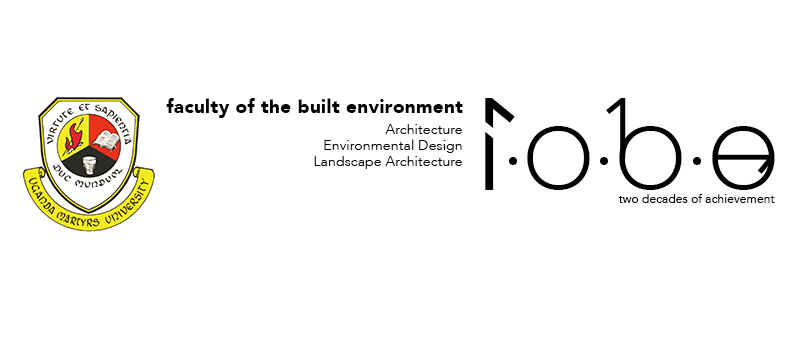Welcome to the Basic Principles of Climate Responsive Design
Welcome & Acknowledgment:
Welcome to this free course on 'Basic Principles in Climatic Design' authored by The Faculty of the Built Environment at Uganda Martyrs University in collaboration with Enabel and the Ministry of Education and Sports in Uganda. This course aims to train future architects, engineers and built environment professionals in the sustainable construction practices in the context of East Africa.

![]()
Context:
The design and the management of a building for climatic / thermal effectiveness depend on understanding the physics of the interaction of the external conditions, the building's 'fabric' and interior spaces, and the relation this has not only to human physiology but to human culture.
The issue in climatically responsive and responsible design is to find ways in which locally available materials - those of least environmental cost - can be combined to provide acceptable thermal conditions in buildings throughout the year, in accordance with the inhabitants' requirements (for example, in terms of the use of the buildings at different times of the year and of the day). The physics of the interaction of buildings and climate is of course universal, but the ways in which it can be applied to provide comfortable and appropriate human environments depends on local conditions.
The purpose of this Course is to introduce you to the basic principles required to design climatically appropriate buildings. The course covers a brief overview of the principles of climate, environment, and energy.
Also included with this course is a Glossary of frequently used terms to help you along the way. To complete the course, you need to successfully complete three simple quizzes to evaluate your understanding of the content.
